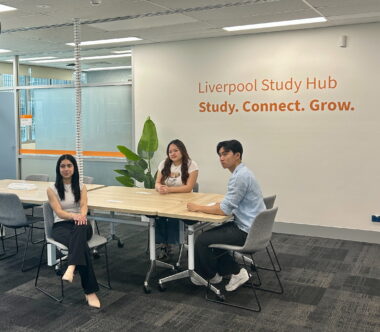Eleven of the State’s top public school teachers and education staff have been honoured for their outstanding commitment to education with the 2025 Premier’s Teacher Scholarships.
NSW Department of Education Secretary Murat Dizdar congratulated recipients of the award, now in its 25th year.
The scholarship program was open to all NSW teachers from government and non-government schools and preschools, and to teachers at TAFE NSW Institutes.
It provides each recipient with $10,000-$15,000 in funds for a five-week study tour in 2025.
The scholarships have a strong regional focus, with nine of the public system’s award winners from outside of Sydney.
NSW Department of Education Secretary Murat Dizdar said students would ultimately be the winners with the scholarships drawing upon such a diverse range of educational fields.
“From teachers who focus on those with special needs, to others who lift outcomes for gifted students or work in Aboriginal education, mathematics and higher/vocational education – I’m delighted to see this outstanding group of public educators acknowledged through the Premier’s Teacher Scholarships.
“Enabling these educators to expand on their expertise in some of Australia’s and the world’s most acclaimed schools and centres for teaching and learning is fitting recognition for their efforts, and I look forward to hearing about their experiences.”
More than 560 Premier’s Teacher Scholarship recipients have received the opportunity to develop their skills and knowledge in a chosen field of expertise since its inception.
This year’s Premier’s Teacher Scholarship recipients will be presented at a reception at The State Library of NSW on Thursday, 1 August 2024 from 6pm.
Further information on each scholarship can be found at https://education.nsw.gov.au/teach-nsw/enhance-your-career/nsw-premier-s-teacher-scholarships
Corporate sponsors who have helped to make the award possible include: Anika Foundation, Hicksons Lawyers, History Teachers Association of New South Wales, NSW Education Standards Authority, Reserve Bank of Australia, Teachers Mutual Bank, University of New South Wales (School of Education) and University of Sydney (Faculty of Science).
NSW Department of Education Premier's Teacher Scholarship winners: KATRINA DAVIES (Dapto High School); LEANNE BROOKE (Kincumber High School); KRISSA DIAMANTE (Canley Vale High School); SUANNE KNIGHT (Ulladulla High School); JULIA SCOTT (Lake Illawarra High School); SOPHIE EVANS (Chalmers Road School, Strathfield / Palm Avenue School Westfield); SIMONE HIRSCH (Rollands Plains Upper Public School / Rowena Public School / Stratford Public School / Nimmitabel Public School); CATHERINE JONES (Goodstart Early Learning, Kurri Kurri); DANIELLE BARISA (Gunnedah Public School / Coonabarabran High School); JACQUELINE LYON (Mathematics Growth Team, working from Orange High School); FRIEDA GORMAN (Bellingen High School).
Contact details:
NSW Department of Education Media Unit [email protected]


